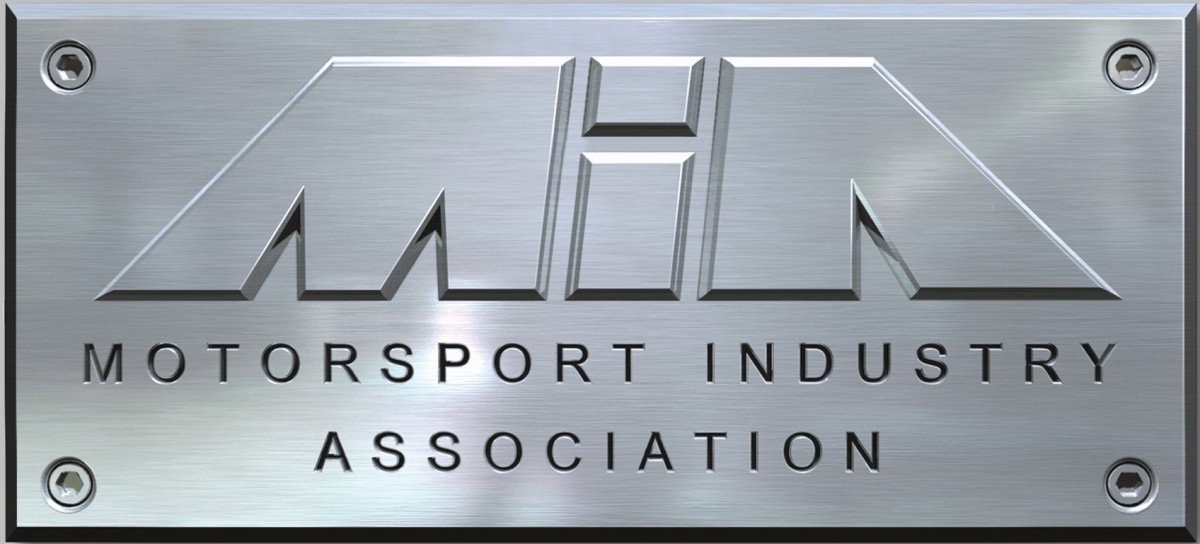McLaren predicts Grand Prix future
McLaren Applied Technologies has sets out the ultimate vision for grand prix racing three decades from now, predicting that racing will be all-electric with the advanced use of artificial intelligence (AI).
McLaren predicts that in the year is 2050, when the Formula 1 World Championship celebrates its centenary, technologies such as artificial intelligence (AI), autonomy, electrification and mixed reality would have become commonplace.
Codenamed MCLExtreme (or MCLE for short), McLaren has revealed its car for the future, a blueprint for grand prix racing designed by McLaren’s experts in powertrain, aerodynamics, design, materials technology, data science and human performance.
A battle of shapeshifting machines
With the exception of the drag reduction system (DRS), today’s technical regulations ban active aerodynamics – but McLaren said they expect that to change. The demand for greater efficiency will see the car designed to have the capability to alter its shape to maximise its velocity.
Although this has not been on the Formula 1 agenda for several decades, current thinking suggests it will have to make a comeback in the future if the sport is to retain high-performance and the extreme speeds that fans crave, while using less energy.
“Give teams the opportunity to really push the boundaries of active aero as part of their natural car development, and suddenly you have the adoption of a technology that has the possibility to dynamically alter the outcome of a race in an authentic way as drivers battle it out,” says Rodi Basso, Motorsport Director at McLaren Applied Technologies.
Taking inspiration from nature, the MCLE features sidepods that expand and contract like the gills of a great white shark. They turn it into a 500 km/h bullet on the straights, but expand as the car enters braking zones and corners to provide stability and control.
There’s also less aerodynamic paraphernalia attached to the upper bodywork of our 2050 concept car, with more downforce generated by an intricately sculpted floor and diffuser, which pulls the car in tight to the ground.
Unlocking the power of artificial intelligence
McLaren predicts the race to build powerful AI will intensify, with engineers being in a place to teach computers how to think and behave like humans through neurological links.
So, what might this mean for grand prix racing?
Racing could become an incubator for the development of AI, just as it has for simulation, big data and material science. The driver of the future will receive less information from the pitwall, and rely instead on an AI co-pilot. Engineering an evermore powerful and intuitive AI will be a significant performance differentiator in grand prix racing by 2050.
Drivers may be connected to AI via a symbiotic link in the helmet and sensors within the race suit. The AI learns and predicts the driver’s preferences and state-of-mind. It provides real-time race strategy and key information via a holographic head-up display – but more than that – it understands the driver’s mood and emotional state, tailoring advice based on the physiological and psychological feedback it receives.
“In the future we could get to the point where human ingenuity is replaced with an AI algorithm,” explains Karl Surmacz, Head of Modelling and Decision Science at McLaren Applied Technologies. “Machine learning would see human preferences and decisions, as well as our domain expertise and instinct, captured. Take enough examples of our creative processes and outcomes, and this could be codified into an algorithm which would enable AI to make creative decisions consistent with those of a human counterpart.”
In the UK for example, there are plans to ensure all new cars will be ‘effectively zero-emission’ by 2040. Therefore, McLaren predicts that by 2050 grand prix racing will be all-electric.
Electric vehicles are currently winning the long-raging battle against hydrogen-powered cars, therefore McLaren envisages a car with a small electric motor married to a flexible battery, with the potential to be moulded into the aerodynamic form of the bodywork. Charging technology may even become a DRS-replacement: within a defined window, the car may be able to steal energy from the one ahead, keeping fans on the edge of their seats.
In the future, complexity will lie in storing the energy, as opposed to turning the energy into motion which is currently the case.
McLaren expects cumbersome plug-in power to be a short-term solution, with the cars of the future charging wirelessly, as it sees the MCLE absorbing power from the ground via inductive resonant coupling.
“Whether it will be possible in 2050 to fully charge the battery of a grand prix car from flat in less time than it takes a current Formula 1 car to complete a flying lap around the streets of Monaco is difficult to say at this stage,” posits Stephen Lambert, Head of Automotive Electrification at McLaren Applied Technologies. “But charging about 10 to 50% of the battery in around 10 to 30 seconds is conceivable.
“Charging wirelessly sees electromagnetic induction used to transfer energy through an air gap from one magnetic coil buried under the track to a second magnetic coil fitted to the car,” Lambert explains.
“When the car is sufficiently positioned for the coils to be aligned, it will induce a current in the car’s coil which feeds into the battery.”
Bodywork, wheels, cockpit
Building upon the access and proximity that fans crave from the teams in present day Formula 1, McLaren says there will be more driver action and emotion through the skin of the MCLE. The cockpit will be transparent, showing the driver gripping the wheel and their frenetic footwork. The driver’s emotions will be dynamically projected onto the bodywork and tyres of the car. Tyres may be also made of a self-repairing composite with built-in inductive charging coils.
“Charging wirelessly sees electromagnetic induction used to transfer energy through an air gap from one magnetic coil buried under the track to a second magnetic coil fitted to the car,” Lambert explains.
“When the car is sufficiently positioned for the coils to be aligned, it will induce a current in the car’s coil which feeds into the battery.”
While it is not possible to foresee every development that will shape future innovation between now and 2050, McLaren’s vision of future grand prix racing harnesses emerging technologies with fan passion at the core of its thinking. The ultimate fusion of human and technology.




















